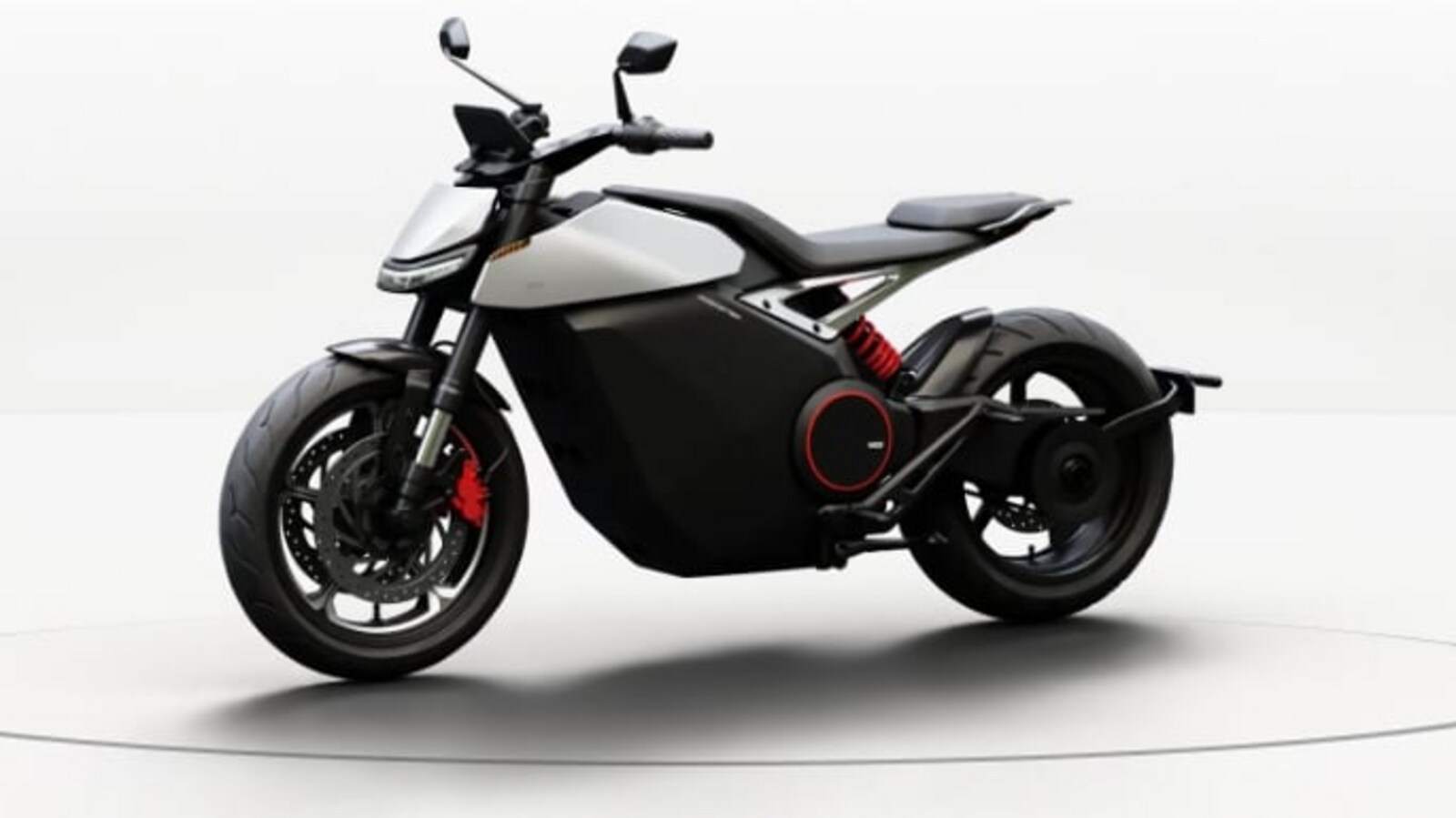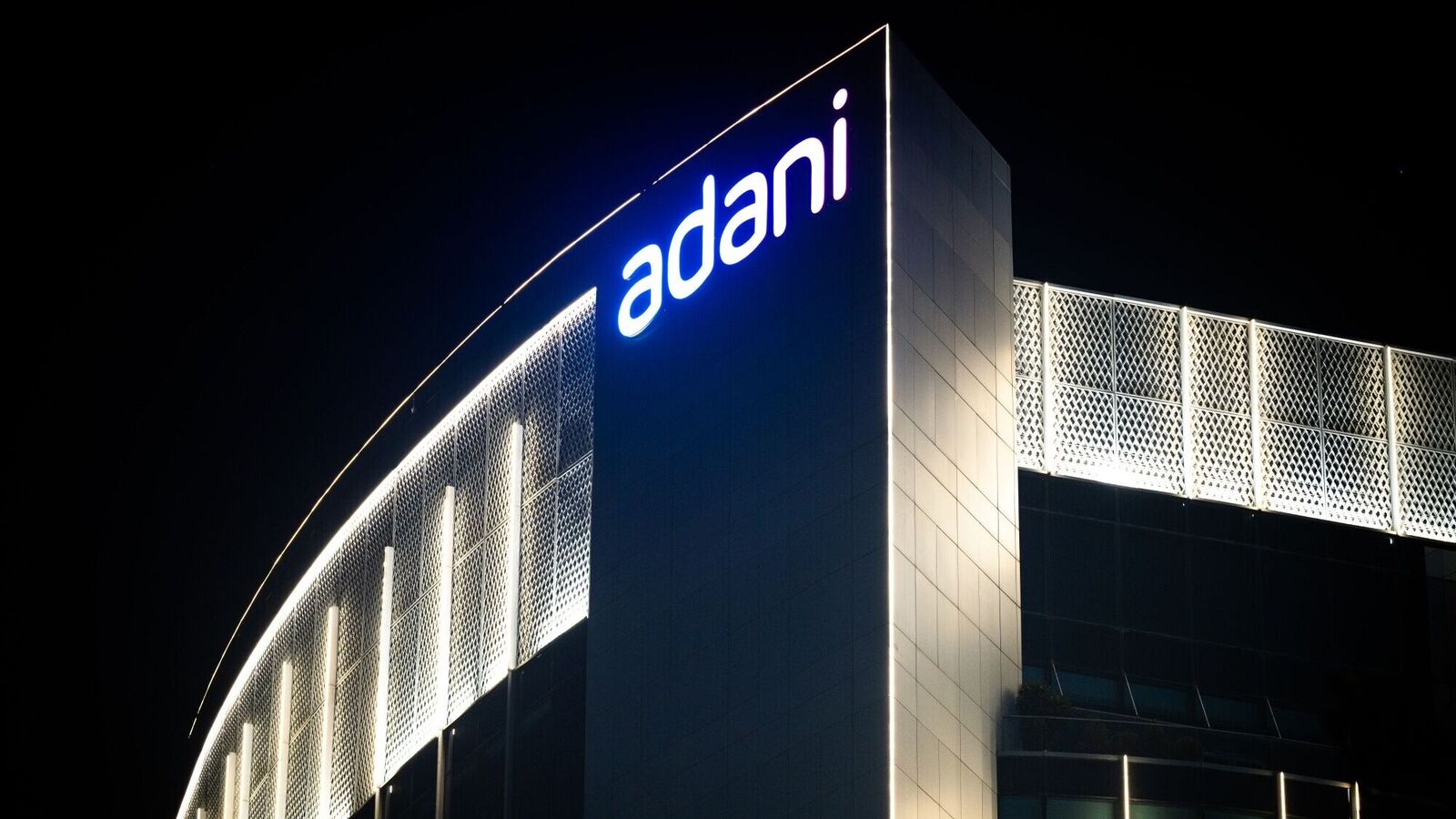The recent spat between Ola founder Bhavish Aggarwal and comedian Kunal Kamra only added fuel to the fire. Consumers flocked to social media platform X expressing their concerns and anger around the lack of response from Ola service centers.

View Full Image
Quality and service issues are not new in automotive and new technology. In 2022, Ola Electric recalled 1,441 Ola S1 Pro electric scooters after some customers complained on social media of technical problems. In March 2023, Ola Electric even offered a free “upgrade” of the front fork for over 200,000 scooters after a rider got injured when the front suspension of an Ola S1 Pro broke.
While these issues did make headlines, they didn’t spark enough of an uproar to get the attention of the Central Consumer Protection Authority (CCPA) and the Ministry of Heavy Industries (MHI), until now.
So what exactly happened?
The tipping point
Technology is a sector with immense potential to scale. Quality issues have always plagued new technologies, be it Samsung’s Note 7 (2016) or Boeing’s (737 Max). What matters is how a company handles the situation and regains customer trust.
The social media spat between Aggarwal and Kamra acted as a tipping point for the quality issues that have plagued Ola Electric’s e-scooters. It focused the spotlight on the negative comments and criticism around the scooter. The consumer outrage encouraged the government to take action. All this noise took its toll on Ola Electric’s stock price.
Also read | The end of EVs is here: Fact or fiction?
Ola Electric’s quality issues
Ola is a vertically integrated company, which means it builds its own battery and battery management system (BMS), its software stack (MoveOS), and electric powertrain. It also has its own direct-to-customer (D2C) omnichannel distribution network across India, with 870 showrooms, 431 service centers, and 248 hypercharging and 764 standard points. An integrated model helps control quality end-to-end.
The first Ola electric two-wheeler was rolled out in August 2021. In a span of three years, the company has significantly scaled its business model.
While the business model is good and has worked for several tech companies, Ola has faced issues. According to a leaked document in the automotive newspaper Rushlane, delays in new vehicle delivery, service/repair, and manufacturing defects in vehicles topped the list of complaints. These complaints rose as Ola scaled its operations. According to a September report by Mint, Ola Electric received as many as 80,000 complaints in a month—outstripping monthly average sales of 35,000 two-wheelers.
Also read | Is it goodbye gold, hello bitcoin?
There was clearly a gap in the expansion of Ola’s service and showroom networks. Moreover, electric vehicle technology is rather new, and most automotive service providers and mechanics are not trained to manage this kind of tech.
The surge in consumer complaints shifted Ola Electric’s focus on expanding its service network to 1,000 centres by the end of 2024 and investing in training 100,000 third-party mechanics by 2025. It remains to be seen how this remedy fares. In automotive, after-sales service is a key element. It is after-sales service and fuel efficiency that made Maruti Suzuki India Ltd the country’s biggest automaker.
Is Ola’s hurry a cause of worry?
Ola Electric has not completed one full warranty cycle (three years) of its scooters but rushed to launch its Ola Roadster e-motorbikes in August, with delivery scheduled to commence in January. Plus, the company has no experience in manufacturing. It scaled rapidly in the last three years, building its Future factory and the Gigafactory.
In its draft red herring prospectus, Ola Electric stated that it planned to use the proceeds from its initial public offering of shares to expand its cell manufacturing capacity, invest in research and product development, repay borrowings, and on other growth initiatives. But its services segment didn’t grow as fast as its manufacturing segment as the company’s focus was on customer acquisition.
Ola Electric might have to revisit its business model and craft a more pragmatic way of offering services. After-sales service will play a major role in customer retention. The company has taken the first step towards this by investing in training mechanics and opening new service centres.
Ola Electric has been issued a show cause notice by the Central Consumer Protection Authority (CCPA) for alleged violations related to misleading advertisements, unfair trade practices, and consumer rights, such as charging during the free service period or warranty. It also faces an audit from the Automotive Research Association of India (ARAI) for delayed and unsatisfactory after-sales service and inaccurate invoices.
The biggest concern for an Ola Electric investor will be the findings of these regulatory authorities. If the CCPA finds any major violations, it could order a recall, reimbursement of prices of goods or services to purchasers, and also discontinuation of practices that it deems unfair and prejudicial to consumers’ interest. The ARAI could suspend the government incentives Ola Electric is enjoying. As of March, Ola Electric had ₹59.3 crore worth of government subsidies in assets.
Also read | Luxury demand soars—meet the under-the-radar company cashing in big
What’s the next step for Ola’s management?
So far, there have been no fatal manufacturing defects that would trigger a recall. However, an audit of service centres and invoices could improve after-sales service in the future. While Ola’s CEO has a reputation for taking business risks to innovate quickly, the company can improve its business model by strengthening its risk management strategy.
Even Mahindra & Mahindra Ltd has burnt its hands on EVs. Mahindra launched electric hatchback EV e20 (a Reva electric car) in March 2013 but later discontinued it due to performance issues. After more than 11 years, it has now launched its own 4-wheeler EV.
Consider this classic example of Toyota’s premium car, the Lexus. When the company, originally a maker of budget cars, launched its first premium car, the Lexus, it botched up. But then, it came through by going overboard and delivering a great product backed by solid customer experience. Today, if the Lexus stands for something, it’s its quality.
Ola Electric has the advantage of being a small company. It can adapt to changes quicker and in a more cost-efficient manner. If you look at the fundamentals, no strengths play out for Ola Electric other than it being the market leader in electric two-wheelers. It has to sustain that market leadership to thrive. It doesn’t have a strong history or profits to convince investors. Hence, the promoter’s goodwill is tied to the company.
The bottomline
Once a company is listed, it comes under a lot of scrutiny. Above all, its management is answerable to retail investors as well. Any actions by the company’s management could significantly impact its share price. For the short term, Ola Electric would be a more wait-and-watch stock to see if the company can meet its ambitious goals and win back the customer’s trust.
If it can achieve that, then, well, the company could yet thrive in this fast-growing sector.
It took Zomato Ltd two years after its IPO listing to transform its narrative. It went from a company with an eccentric CEO to one being almost universally admired. Whether Ola can pull off a similar turnaround remains to be seen.
Meanwhile, the only thing that stands between Ola Electric’s potentially successful future and today is a world-class product and service experience. Other than the risk of its CEO getting into another duel on X.
For more such indepth analyses, read Profit Pulse.
Note: We have relied on data from www.Screener.in throughout this article. Only in cases where the data was not available, have we used an alternate, but widely used and accepted source of information.
The purpose of this article is only to share interesting charts, data points and thought-provoking opinions. It is NOT a recommendation. If you wish to consider an investment, you are strongly advised to consult your advisor. This article is strictly for educative purposes only.
Puja Tayal is a seasoned financial writer with over 17 years of experience in the field of fundamental research.
Disclosure: The writer and her dependents do not hold the stocks discussed in this article.








Leave a Reply